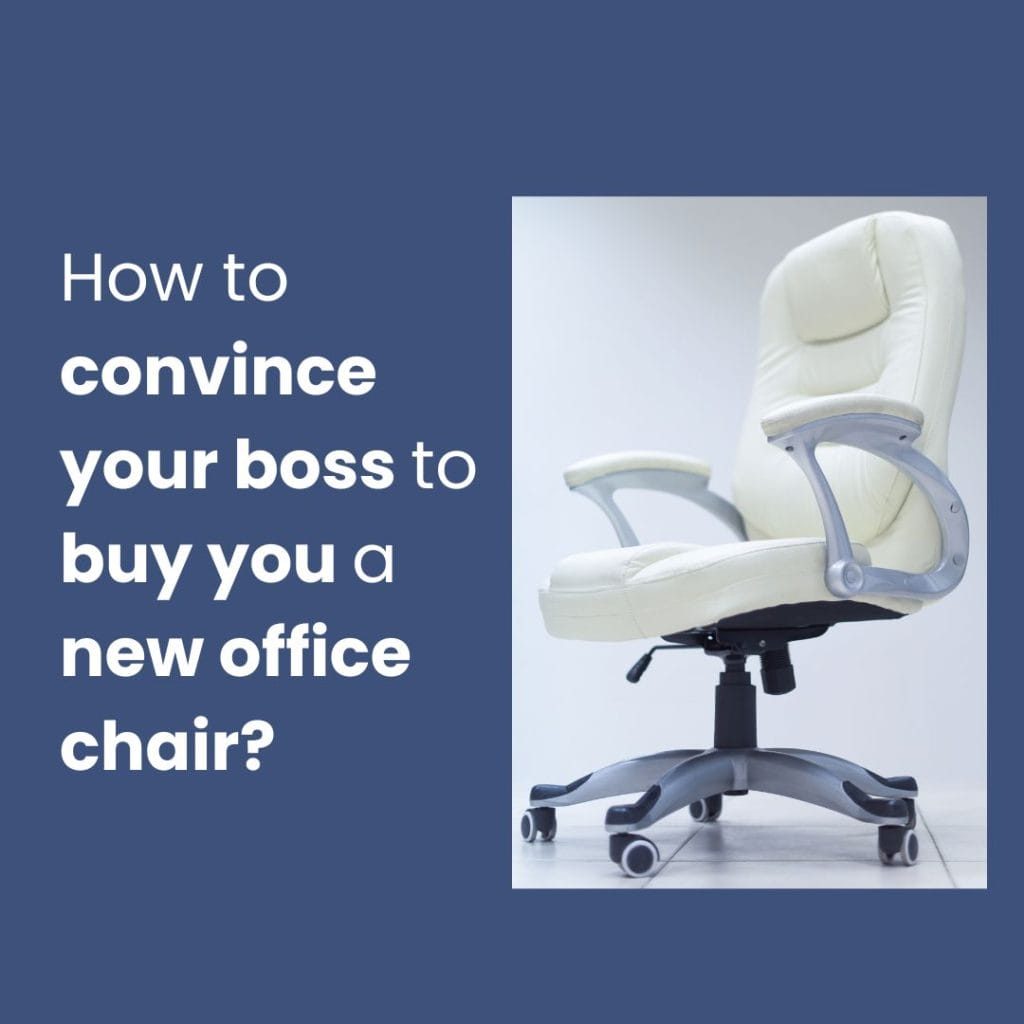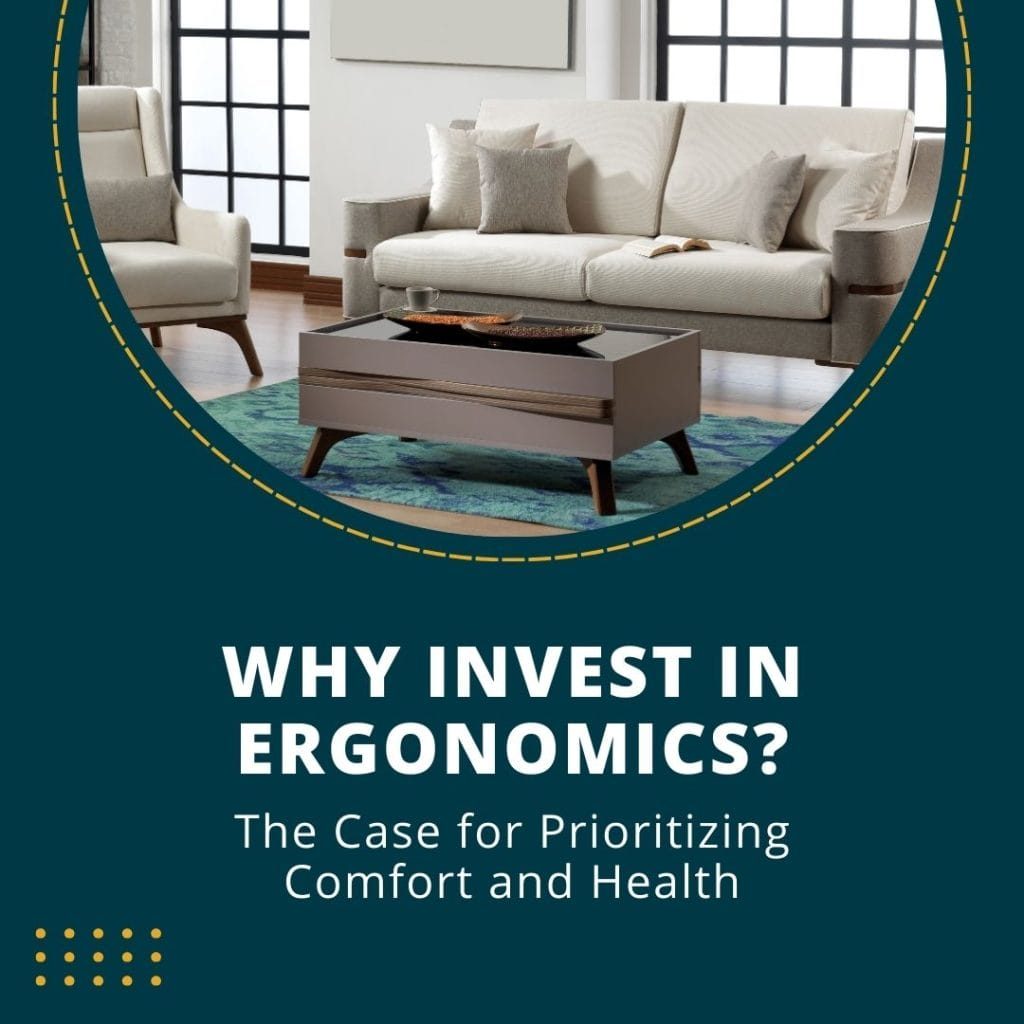Maintaining proper posture has never been more important in an age where many of us spend long hours hunched over computers. Slouching or sitting improperly affects our physical health, leading to aches and pains and impacting our mental well-being. Mastering sitting right can alleviate these concerns, helping us look and feel our best. So, what is the secret to proper posture? Read on to discover top tips that can transform the way you sit.
The Basics of Posture
‘Good’ posture refers to an alignment of the body where the least strain is placed on supporting muscles and ligaments during activities or at rest. It involves training your body to stand, walk, sit, and lie to put the least strain on the spine. On the other hand, poor posture often develops due to bad habits, such as slouching in front of the computer or TV, prolonged periods of sedentary behavior, and a lack of regular exercise. These habits can lead to muscle strength and flexibility imbalances, causing the body to deviate from its natural alignment.
Consequences of Poor Posture
Poor posture can have several harmful impacts on physical health, including:
Physical Implications
Back and Neck Pain: Constant slouching or hunching over can lead to discomfort in the back and neck regions. Over time, this can develop into chronic pain conditions, disrupting daily activities.
- Joint Degradation: Poor posture can place undue stress on the joints, particularly in the spine. This can accelerate wear and tear, leading to osteoarthritis conditions.
- Increased Risk of Cardiovascular Issues: Studies have linked poor posture with an increased risk of cardiovascular diseases. This is because prolonged sitting with bad posture can cause compression of the blood vessels, leading to circulation problems.
Mental and Emotional Health
Poor posture doesn’t just have physical implications; it can also affect our mental and emotional health in substantial ways:
- Increased Stress and Anxiety: Prolonged periods of poor posture can lead to increased levels of stress and anxiety. This is largely due to the discomfort and pain associated with poor alignment, which can trigger a stress response in the body.
- Reduced Confidence and Self-Esteem: How we carry ourselves physically can significantly impact how we perceive ourselves. Slouching or hunching can lead to feelings of low self-esteem and reduced confidence levels.
- Impaired Cognitive Function: Poor posture, particularly while sitting, can lead to decreased blood flow to the brain, potentially impairing cognitive function over time. This can result in difficulties with concentration and memory.
Techniques to Improve Posture
In this section, we will delve into various techniques that one can adopt to improve posture, thus alleviating the adverse effects of poor posture and enhancing overall well-being.
Chest Stretch: Stand upright, interlock your hands behind your back, and lift your hands upwards to feel a stretch in your chest and front shoulders. This helps open the chest muscles that often become tight due to prolonged sitting.
Backward Shoulder Roll: Stand or sit upright, and slowly roll your shoulders up, back, and down in a circular motion. This movement helps counteract the forward slump often seen with poor posture.
Spinal Extension: Lie face down on your stomach, gently lift your upper body off the ground using your back muscles, and keep your hands and arms on the floor for support. This exercise strengthens the lower back, aiding in maintaining a proper upright posture.
Conclusion
Understanding and maintaining good posture is a vital aspect of overall health and well-being. It not only prevents a multitude of physical ailments but also contributes positively to mental and emotional health. Incorporating the techniques and exercises mentioned above into our daily routine can significantly improve our posture, enhancing our overall quality of life. Remember, the key to mastering the art of sitting right lies in consistent practice and consciousness about one’s body alignments. Now that you have this knowledge, it’s time to straighten up and embrace a healthier, happier you.







